
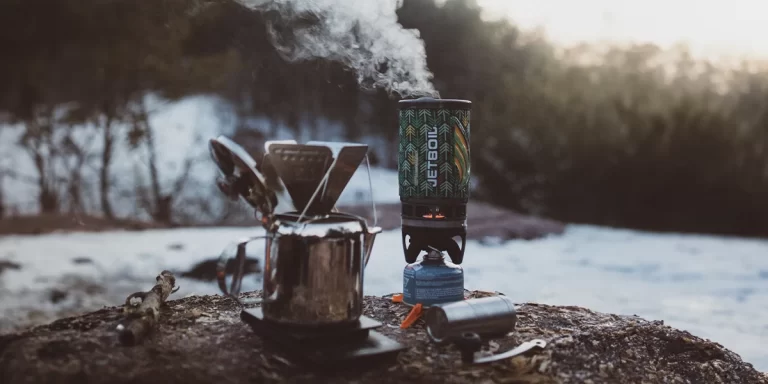
Whether you’re gearing up for a trekking adventure or just curious about backpacking stoves, you’ve landed at the right spot.
We’ll delve into the diverse world of backpacking stoves, shedding light on their strengths and weaknesses.
By the time you’ve reached the end, you’ll be equipped to pick the perfect backpacking stove for your upcoming outdoor adventure.
Interested? Let’s get started.
Alright, let’s dive into the different varieties of backpacking stoves. Think of these as your outdoor kitchen options. Here’s what’s on the menu:
1. Canister Stove:
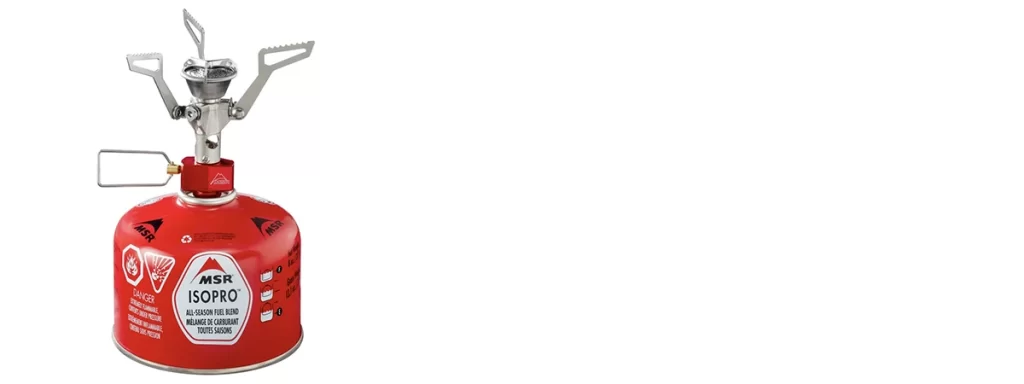
It’s the lightweight, quick-and-easy choice, like the fast food of backpacking stoves. Just screw on a fuel canister, and you’re good to go. Gotcha – it’s never that simple.
Pros:
Cons:
2. Liquid Fuel Stove:
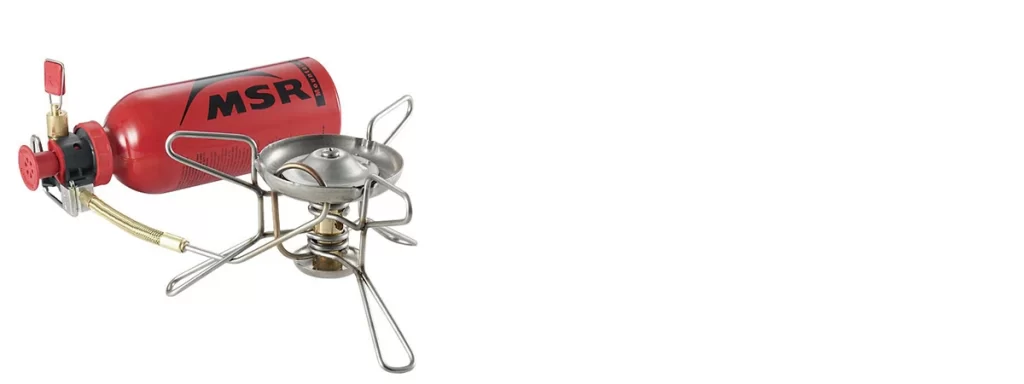
This one’s like the seasoned chef of backpacking stoves. It can handle harsh conditions like a pro, but it’s a bit more complicated to use and requires extra care.
Pros:
Cons:
3. Alcohol Burning Stove:
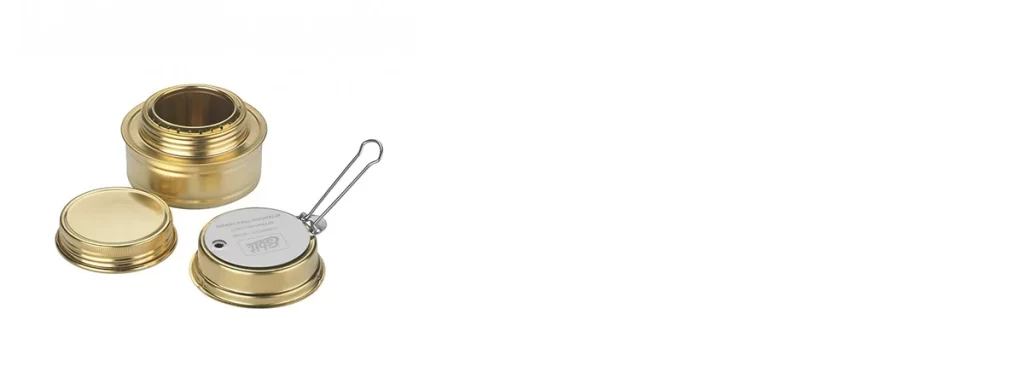
Perfect for the budget-conscious backpacker, these stoves are cheap and lightweight. They use alcohol-based fuels and are easy to find, but they take their time when cooking. You can learn more about alcohol stoves in our detailed post here.
Pros:
Cons:
4. Solid Fuel Tablet Stove:

Super light and straightforward. You light a fuel tablet, put your pot on top, and wait. But they’re not the fastest, and they can be a bit too smelly. Learn more about solid fuel stoves in our detailed post here.
Pros:
Cons:
5. Wood Burning Stove:
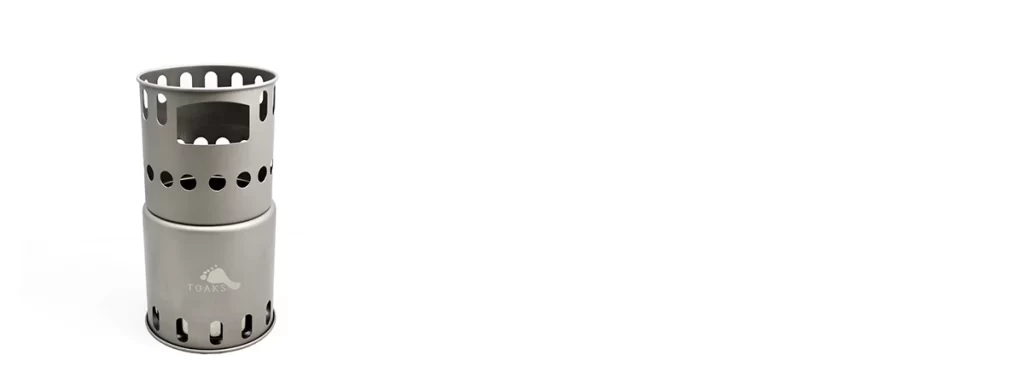
Ideal for those who love the crackling sound of a real fire. You can gather sticks and twigs as fuel, which is eco-friendly and budget-friendly. However, it can be a bit challenging in bad weather. We’ve also covered backpacking wood stoves in detail in our post here.
Pros:
Cons:
Now that we’ve covered the pros and cons of different backpacking stove types, it’s time to figure out which one is the perfect fit for your outdoor escapades. Here’s a roadmap to help you make the right choice:
By considering these factors, you’ll be well on your way to selecting the backpacking stove that suits your needs and ensures you enjoy delicious outdoor meals.
Whether you’re preparing for a trekking adventure or simply curious about backpacking stoves, this guide is your ultimate resource. We’ve delved into the realm of outdoor cooking, exploring a diverse range of backpacking stoves while shedding light on their strengths and weaknesses.
To simplify your selection process, we hold a strong preference for canister backpacking and alcohol-burning stoves. Our experience has shown that these stoves have served us exceptionally well during our travels for hiking in various countries. Plus, the required items are budget-friendly and readily available locally.
Check out our TOP 5 Guide, which highlights the lightest backpacking stove options available on the market.
Liquid fuel stoves, such as those using white gas, are generally reliable at higher elevations because they maintain consistent performance in cold and low-oxygen conditions. Canister stoves with a mix of isobutane and propane can also work well at moderate altitudes. However, it’s crucial to consider factors like temperature, wind, and fuel availability when choosing a stove for high-altitude camping.
When it comes to the best fuel for your camp stove in winter, white gas, often known as Coleman fuel, is a top choice. White gas excels in cold temperatures, making it ideal for winter camping. It’s readily available in outdoor stores and compatible with many liquid fuel stoves designed for cold weather. If you’re using a canister stove, opt for a fuel blend containing isobutane and propane, as they perform better in cold conditions compared to pure butane.